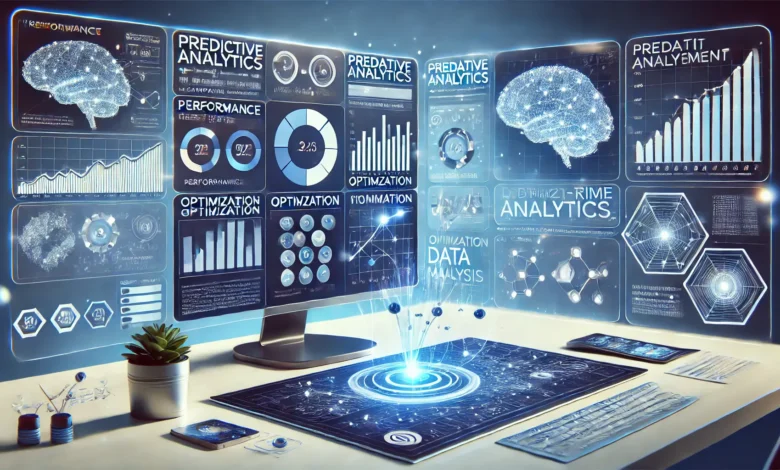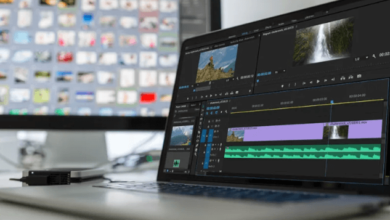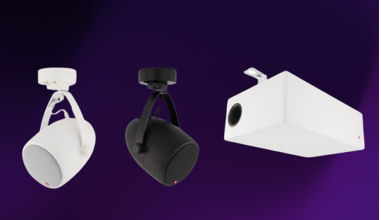AI Creative Testing: Optimizing Ad Performance with Automation

The digital advertising landscape demands precision and agility, with brands competing to capture consumer attention across an array of channels. Artificial intelligence (AI) is transforming how advertisers develop and refine creative assets, enabling automated testing that optimizes ad performance with unprecedented efficiency. By leveraging AI to analyze consumer responses, predict outcomes, and iterate creative elements, marketers can craft campaigns that resonate and deliver measurable results. This article explores the mechanics, benefits, and strategic applications of AI creative testing as of May 2025, offering insights into how automation is reshaping ad optimization.
The Power of AI in Creative Development
Creating effective ads requires balancing art and science—crafting compelling visuals and messages while ensuring they drive desired outcomes. Traditional creative testing often involves time-consuming focus groups or manual A/B testing, which can delay campaigns and limit scale. AI creative testing streamlines this process by automating the analysis of ad elements, such as visuals, copy, and calls-to-action, across large datasets.
In 2024, a Forrester study found that AI-driven creative testing reduced development timelines by 40% compared to manual methods, allowing brands to launch campaigns faster. For example, a global beverage brand used AI to test 50 ad variations across OTT platforms, identifying a high-performing creative in days rather than weeks, resulting in a 15% lift in brand recall, per internal metrics. This speed and scalability make AI a game-changer for creative optimization.
See also: Why Costa Rica is a Surfer’s Paradise: Top Surfing Destinations
How AI Creative Testing Works
AI creative testing leverages machine learning algorithms to evaluate ad performance by analyzing consumer interactions, such as clicks, views, and conversions. These systems process data from platforms like YouTube, Hulu, or social media, assessing elements like color schemes, messaging tone, or video length. By comparing performance across variations, AI identifies which combinations resonate most with target audiences.
For instance, a 2024 campaign for a fashion retailer used AI to test video ads with different background music and taglines on YouTube. The system analyzed viewer engagement metrics, determining that upbeat music paired with concise taglines drove a 20% higher click-through rate, per campaign data. AI’s ability to process millions of data points ensures that insights are both granular and actionable, enabling marketers to refine creatives with precision.
Personalizing Ads at Scale
One of AI’s greatest strengths is its ability to personalize ads for diverse audience segments while testing at scale. By analyzing demographic data, viewing habits, and purchase behaviors, AI tailors creatives to specific groups, ensuring relevance. A 2024 Innovid study reported that personalized ads tested via AI achieved a 30% higher engagement rate than generic ads across OTT platforms.
Consider a 2024 skincare brand campaign that used AI to test ad variations for different age groups on Hulu. The system identified that younger viewers responded better to vibrant visuals, while older audiences preferred testimonials, leading to a 12% increase in conversions after optimization, per internal data. This capability allows brands to deliver tailored messages to millions of viewers, balancing personalization with broad reach.
Predictive Analytics for Creative Success
AI creative testing goes beyond analyzing current performance; it uses predictive analytics to forecast which creatives will succeed. By examining historical data and consumer trends, AI models predict how audiences will respond to specific elements, reducing guesswork in campaign planning. A 2024 Google study found that predictive AI testing improved creative performance by 25%, enabling brands to prioritize high-impact assets before launch.
For example, a 2024 automotive campaign used AI to predict that ads featuring family-oriented messaging would outperform adventure-themed creatives on CTV platforms. The campaign, guided by these insights, saw a 10% increase in dealership inquiries, per campaign metrics. Predictive testing ensures marketers invest in creatives with the highest potential, optimizing budgets and outcomes.
Real-Time Iteration and Optimization
AI’s real-time capabilities enable continuous creative iteration, allowing marketers to refine ads during campaigns. Unlike traditional testing, which requires static cycles, AI analyzes performance data as it streams, suggesting adjustments to improve results. A 2024 Magnite report noted that campaigns using AI for real-time creative testing saw a 15% higher return on ad spend (ROAS) compared to static testing methods.
In a 2024 travel campaign, AI detected that a CTV ad on Roku with a longer runtime underperformed due to viewer drop-off. The system recommended a shorter version, which was deployed within hours, resulting in a 14% lift in bookings, per internal data. This agility ensures campaigns remain dynamic, adapting to audience responses in real time.
Navigating Privacy and Ethical Considerations
As privacy regulations like GDPR and CCPA tighten, AI creative testing must balance effectiveness with compliance. AI systems use anonymized data and techniques like differential privacy to analyze consumer behavior without compromising personal information. A 2024 IAB study found that 45% of marketers adopted privacy-compliant AI tools for creative testing, ensuring ethical data use while maintaining accuracy.
Platforms like The Trade Desk integrate first-party data from CRM systems to test creatives without relying on third-party cookies, which are phasing out in 2025, per Google’s timeline. A 2024 campaign for a fitness brand used anonymized data to test ads on Pluto TV, achieving a 10% increase in app downloads while adhering to privacy laws, per campaign reports. This approach ensures AI testing remains viable in a privacy-first era.
Overcoming Implementation Barriers
Implementing AI creative testing requires addressing challenges like data integration and team expertise. Data silos across platforms can hinder analysis, but AI consolidates information into unified datasets. A 2024 Gartner study noted that 40% of marketers faced integration issues, though cloud-based AI platforms reduced silos by 20%.
Training teams to leverage AI tools is also critical. While platforms like Adobe Experience Cloud offer intuitive interfaces, maximizing their potential requires data literacy. Brands investing in training saw a 15% improvement in AI adoption, per 2024 Forrester data. By overcoming these barriers, marketers can fully harness AI’s capabilities for creative optimization.
Integrating AI with Broader Campaign Strategies
AI creative testing delivers maximum value when integrated with broader marketing ecosystems, such as demand-side platforms (DSPs) or attribution systems. This connectivity ensures creative insights inform real-time bidding and campaign adjustments. A 2024 The Trade Desk report found that brands integrating AI testing with DSPs improved campaign efficiency by 18%.
For instance, a 2024 beverage brand campaign linked AI creative testing with a DSP to test ad variations across OTT and social media. The system identified a high-performing ad with vibrant visuals, reallocating budget to CTV placements on Tubi, resulting in a 14% increase in brand recall, per campaign data. This synergy ensures creative optimization aligns with overall campaign goals.
The Future of AI-Driven Creative Optimization
AI creative testing is reshaping how brands develop and refine ads, offering speed, precision, and scalability. With digital ad spend reaching $700 billion globally in 2024, per eMarketer, and streaming poised to overtake linear TV by 2027, per PwC, optimizing creatives is critical. AI’s ability to personalize, predict, and iterate ensures ads resonate with diverse audiences.
Emerging trends, such as AI-powered contextual advertising and voice-activated ad testing, will further enhance capabilities. A 2024 Amazon pilot used AI to test voice-driven ads on Fire TV, improving engagement by 12%, per campaign data. By embracing AI creative testing, marketers can craft campaigns that not only capture attention but also drive measurable results, ensuring success in an increasingly competitive digital landscape.





